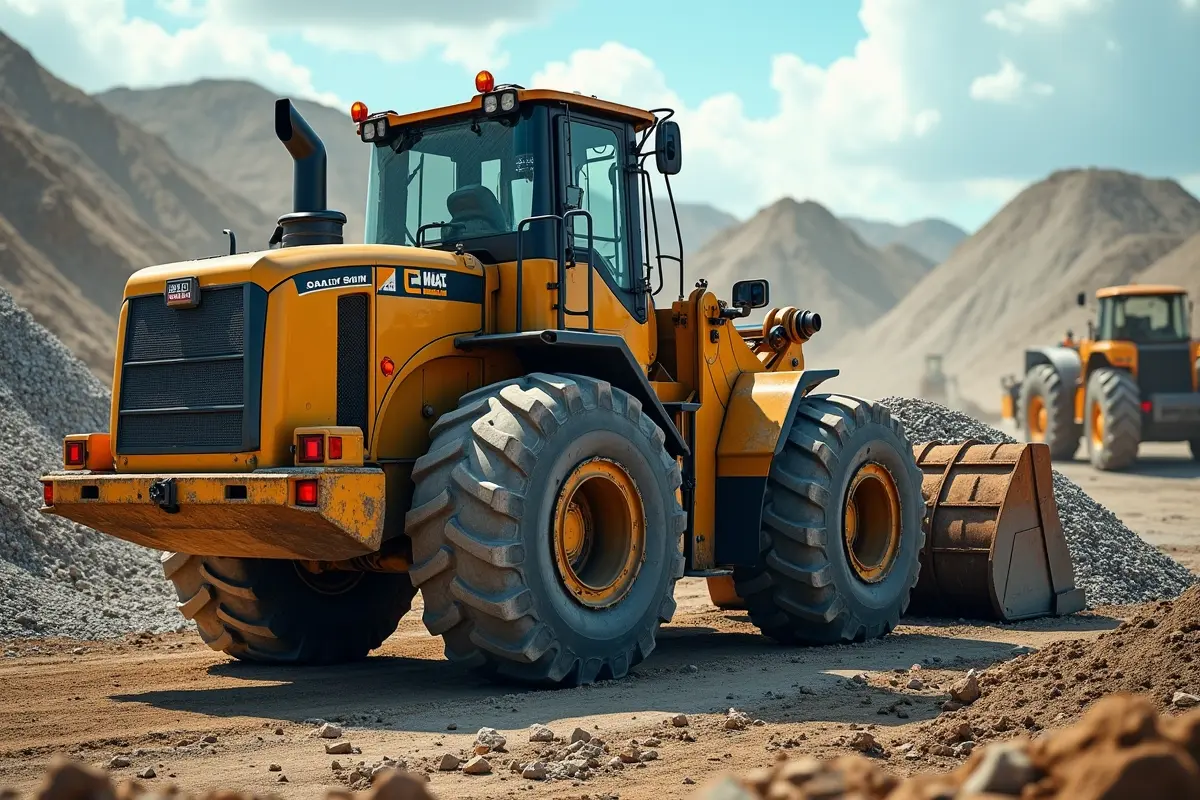Future Trends in Wheel Loader Technology
The construction, mining, and agricultural industries continue to evolve with new technologies, and wheel loader are no exception. Manufacturers worldwide are rapidly innovating to meet increasingly stringent environmental standards while maximizing efficiency and safety. Businesses looking to invest in reliable wheel loaders must stay current with these technological trends to remain competitive and sustainable.
Electric propulsion, smart automation systems, and digital integration are now at the forefront of the sector, shaping the way operators and companies approach material handling. Cities and regulatory bodies worldwide have pushed for eco-friendly solutions, fueling faster adoption of cleaner, more efficient machinery in both urban and rural environments.
While traditional diesel loaders dominate many sites, a shift to greener, smarter equipment is clear. New models meet stricter emissions laws and offer long-term savings through lower maintenance and operating costs. Manufacturers are designing machines that are more compact and agile to meet the needs of urban and modern agriculture, reflecting a new era of flexibility.
Electric wheel loaders have seen a significant shift, with sales rising sharply since early 2025, particularly in cities such as New York and Toronto, driven by zero-emission initiatives. Despite higher upfront costs, electric models save about 40% on operational expenses over 10 years and need less maintenance. Since construction accounts for nearly 25% of global CO₂ emissions, switching to electric loaders is crucial for sustainability, thereby reducing environmental impacts in urban and infrastructure projects.
Advancements in Automation and Smart Technology
Smart technology and automation are transforming wheel loader operations. Telematics, GPS, and IoT sensors enable real-time tracking, performance monitoring, and preventive maintenance, thereby improving utilization, reducing repair costs, and facilitating predictive interventions to minimize downtime.
Operator-assist features, such as load-sensing hydraulics and automatic payload measurements, reduce operator fatigue and human error, thereby boosting productivity and safety —a key concern in heavy industries.
Compact and Versatile Designs
Compact wheel loaders are increasingly popular due to expanding urban spaces and the need for efficient construction in confined areas. Their agility suits tasks in tight spaces across construction, agriculture, and landscaping, with versatility as a key benefit. Market forecasts predict the global segment will reach $6.32 billion by 2033, growing at 5.04% annually, driven by urban densification and modernized farming.
Integration of Digital Twins
The adoption of digital twin technology marks the next frontier for wheel loader development. By creating detailed digital replicas of real-world machines, manufacturers can analyze usage patterns, run virtual diagnostics, and optimize performance in real-time. These sophisticated tools support scenario planning, enabling companies to model workflows and fine-tune operations well in advance of equipment arrival at the job site, thereby drastically improving reliability and efficiency.
Market Growth and Regional Trends
Global demand for wheel loaders is on the rise, with market valuations expected to exceed $21.4 billion by 2032. Advances in electrification, automation, and compact design are driving this growth as contractors and developers pursue cutting-edge solutions for material handling. Europe stands out as a leader in technology adoption—thanks to its robust industrial sectors, strict environmental initiatives, and widespread investment in infrastructure modernization.
Challenges and Considerations
Despite promising advancements, industry-wide adoption faces some hurdles. The higher purchase price of electric and technologically advanced machines is a key barrier, especially for smaller contractors. There’s also a growing need to upskill operators and maintenance staff to ensure they are equipped to handle the new digital and automated features embedded in modern loaders.
Manufacturers are actively investing in training programs and after-sales service networks to help address these challenges; however, buyers must still plan for a learning curve and invest in workforce development to achieve full technology integration and optimal ROI.
Conclusion
Wheel loader technology is rapidly advancing, driven by trends such as electrification, automation, and the development of smart, compact designs. Companies that adopt these changes can enhance efficiency, minimize environmental impact, and effectively navigate the evolving landscape of construction and material handling. Staying ahead of technology trends in wheel loaders will position businesses well for future success in a competitive market.







0